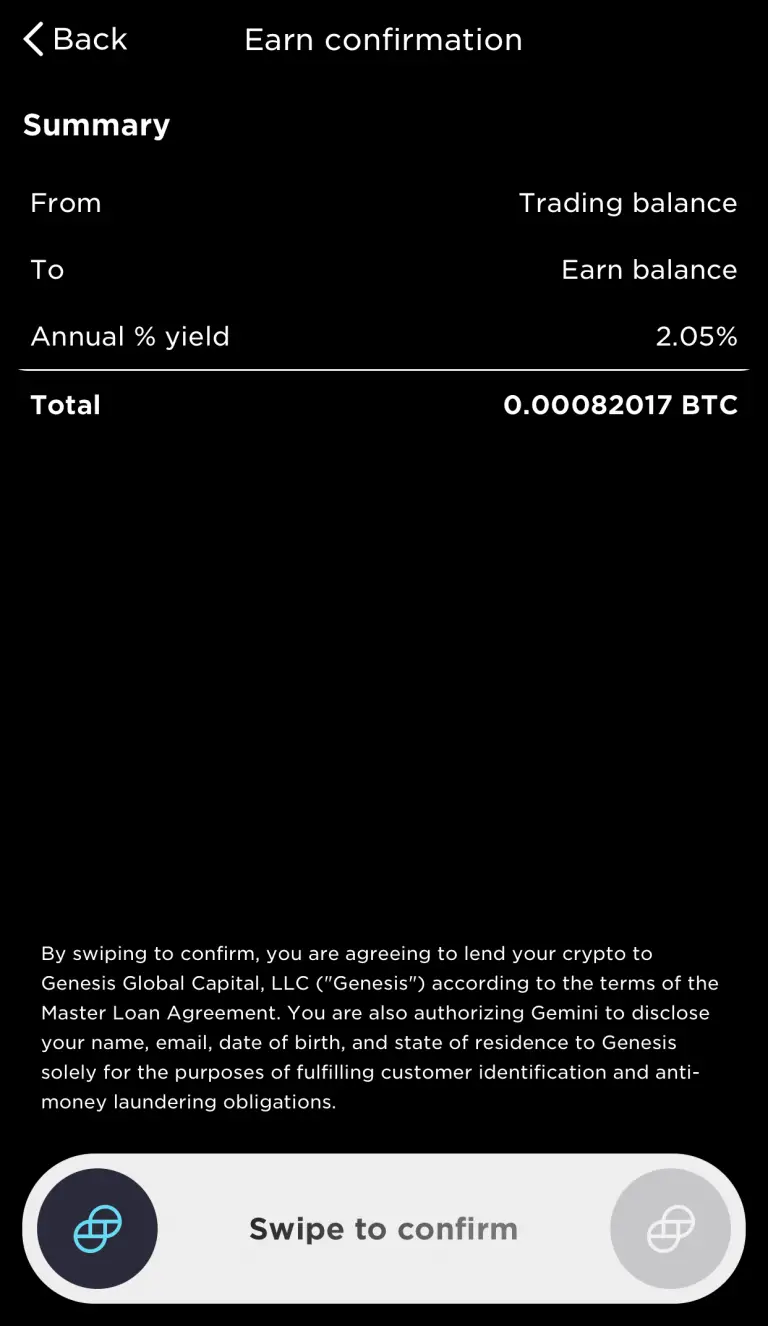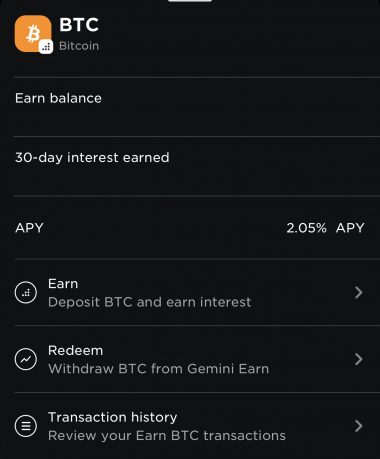

Gauntlet, a financial modeling platform employed by Aave, recommended some changes to better protect the protocol: “The attempt to squeeze CRV on Aave has been unsuccessful and unprofitable. That’s not just speculation, Eisenberg himself outlined his plan on Twitter in October. He appeared to be gearing up to sell the tokens, which would have tanked the CRV price and allowed him to make millions on short positions, derivative contracts that allow traders to bet against an asset’s price. Recently Avraham Eisenberg, the trader responsible for the Mango Market hack in October, borrowed 40 million CRV tokens on Aave. The Aave and Compound proposals were created last week and have a lot more to do with eliminating ways for traders to manipulate markets and trigger a short squeeze. This is what DeFi is all about.”ĭespite the timing, neither proposal is a reaction to the most recent news to rock markets: BlockFi filing for bankruptcy on Monday, after weeks of speculation that it would have to do so after FTX’s collapse at the start of November.


“It’s been fascinating to watch the DeFi community discuss, propose, vote and implement new parameters-with incredible transparency-to adapt and safeguard the protocol. “DeFi protocols are being battle tested and it highlights how communities can implement new parameters to enhance risk mitigation factors in volatile market environments that are moving fast,” Aave founder and CEO Stani Kulechov told Decrypt. Meanwhile, Compound is down by 26% in the last 30 days. Aave has 31% fewer assets on its platform compared to a month ago. They’ve both seen huge downward swings in the past month. $0.04173855 4.03% Terra Classic (Wormhole)Īave and Compound, both crypto lending protocols, account for $3.7 billion and $1.7 billion worth of the total value locked in the DeFi ecosystem, respectively, according to DeFi Llama.


 0 kommentar(er)
0 kommentar(er)
